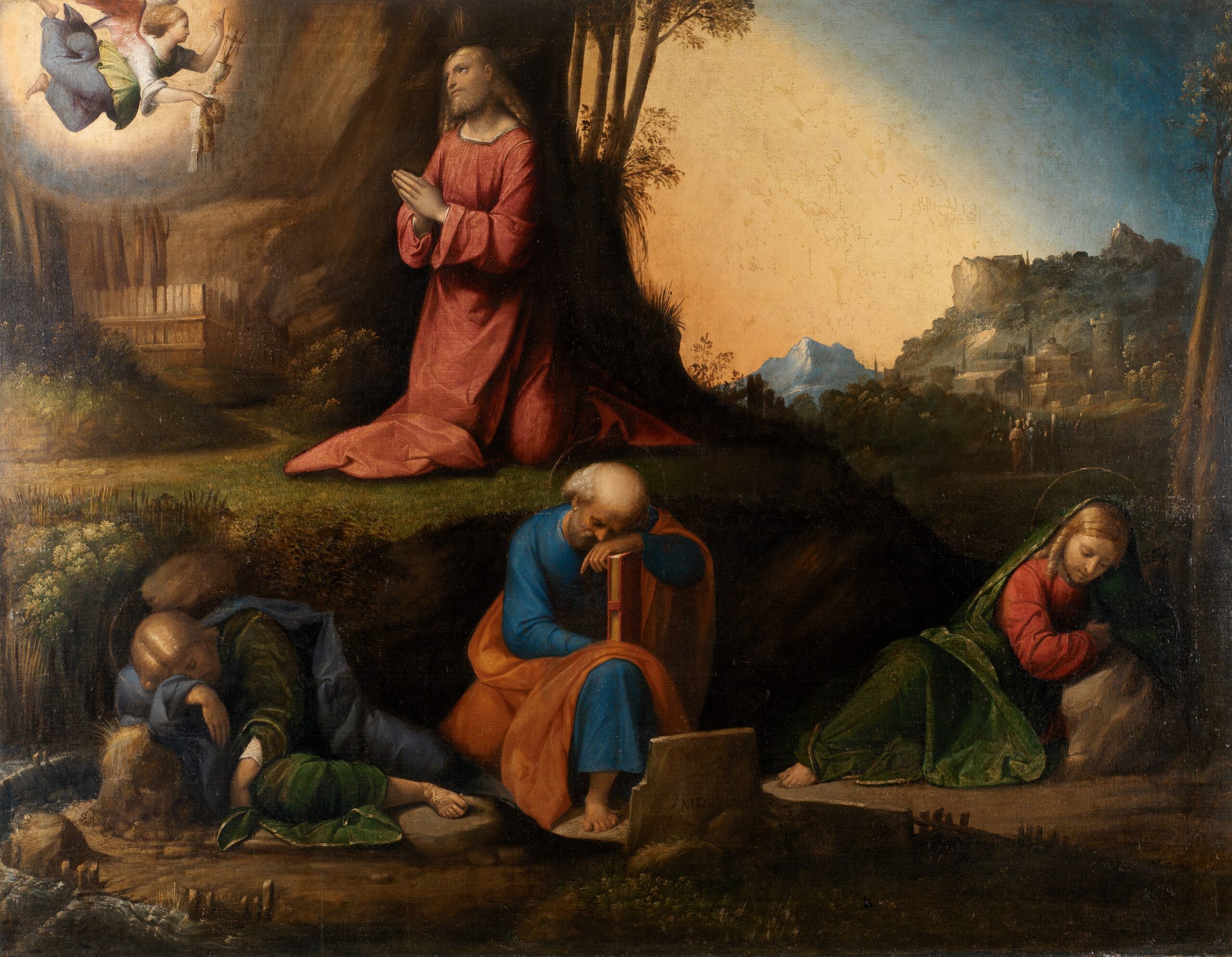Welcome to the world art of zoo, where creativity and conservation come together to educate and inspire visitors. In the United States, zoos are more than just places to see exotic animals. They are also hubs of artistic expression, featuring stunning exhibits that celebrate the natural world and promote the importance of wildlife conservation.
Throughout this comprehensive guide, we will delve into the art of zoo and explore everything it has to offer. From the unique exhibits to the educational programs, we will showcase how US zoos incorporate art into their conservation efforts, creating an immersive experience for all visitors.
Whether you’re an art enthusiast or simply seeking a new adventure, join us on a journey to discover the art of zoo and all it entails.
The Importance of Art in US Zoos
Contents
The art of zoo is not just about aesthetics; it plays a crucial role in promoting conservation efforts and enhancing educational programs within US zoos. Through the incorporation of art, zoos can create immersive experiences that allow visitors to engage with wildlife and learn about environmental sustainability.
Conservation Efforts
The art found in US zoos often highlights the importance of conservation efforts and raises awareness about animals that are endangered or threatened. Sculptures and paintings of endangered species serve as reminders of the urgent need to protect these animals and their habitats. By displaying art alongside live animals, zoos inspire visitors to become more involved in conservation causes.
Educational Programs
Artistic exhibits and installations provide a unique opportunity for educational programs that blend both art and science. Zoos offer a range of educational programs that incorporate the art of zoo, including classes that teach visitors how to create art inspired by wildlife and art exhibits that include interactive elements such as virtual reality experiences and augmented reality games. These programs encourage visitors to learn about conservation and sustainability in a fun and engaging way.
Overall, the art of zoo is an integral part of US zoos, enhancing the visitor experience and promoting important causes such as conservation and education. By continuing to incorporate art into their exhibits and programs, zoos can create meaningful connections between visitors and wildlife, furthering the message of conservation and environmental sustainability.
Unique Art Exhibits in US Zoos
The art of zoo takes on many forms. At US zoos, exhibits range from traditional sculptures and paintings to interactive installations that blur the line between art and wildlife. Each exhibit tells a unique story, taking visitors on a journey of discovery and appreciation for the natural world.
Wild Music Exhibit
The Denver Zoo’s Wild Music exhibit is a prime example of the art of zoo. This immersive experience combines music with wildlife, introducing guests to different animal sounds and the role they play in nature. Visitors can create their own orchestral masterpiece by using touchscreens to mix sounds together from a variety of animals.
Endangered Species Exhibit
The Endangered Species exhibit at the Smithsonian National Zoological Park in Washington, D.C. features sculptures of animals on the verge of extinction. The sculptures are made from recycled materials, offering a powerful message about environmental sustainability. Visitors can learn about the conservation efforts being made to protect these species and the role they can play in making a difference.
Butterfly Habitat
The butterfly habitat at the Bronx Zoo in New York City is an example of how art can blend with nature. This exhibit features a colorful garden filled with flowers and plants that attract different species of butterflies. Visitors can watch the butterflies in their natural habitat while exploring the stunning beauty of the garden.
In conclusion, US zoos are a hub for the art of zoo, offering visitors unique exhibits that blend art and wildlife in creative ways. From sculptures and paintings to interactive installations and natural habitats, there is something for everyone to enjoy and appreciate.
Educational Programs in the Art of Zoo
US zoos offer a variety of educational programs that incorporate the art of zoo, providing visitors with unique opportunities to learn about conservation efforts and engage with wildlife-inspired art projects.
Art and Conservation
One of the primary goals of educational programs in the art of zoo is to promote conservation efforts. Through engaging art exhibits and interactive installations, visitors can learn about the impact of human activity on wildlife populations and habitats, and what they can do to help.
Many zoos offer workshops and classes that focus on creating art with recycled materials or using art to promote sustainable behaviors. These programs allow visitors to explore their creativity while learning about ways to reduce their impact on the environment.
Art and Education
Another key aspect of educational programs in the art of zoo is their ability to enhance traditional educational programs. Visual art can provide a unique perspective on scientific concepts and help visitors visualize complex topics.
Many zoos offer art-themed science programs for school groups, where students can explore topics such as animal behavior or the food chain through art projects. These programs provide a hands-on, engaging approach to learning that can help spark an interest in science and conservation.
Art and Community Engagement
Some educational programs in the art of zoo are designed to foster community engagement and raise awareness about conservation efforts. For example, some zoos offer mural projects that allow visitors to contribute to a large-scale art installation that promotes wildlife conservation.
By involving visitors in art projects, zoos can create a sense of ownership and investment in conservation efforts, helping to inspire them to take action to protect the environment.
Overall, educational programs in the art of zoo provide a unique and engaging way for visitors to learn about conservation efforts and interact with wildlife-themed art projects.



